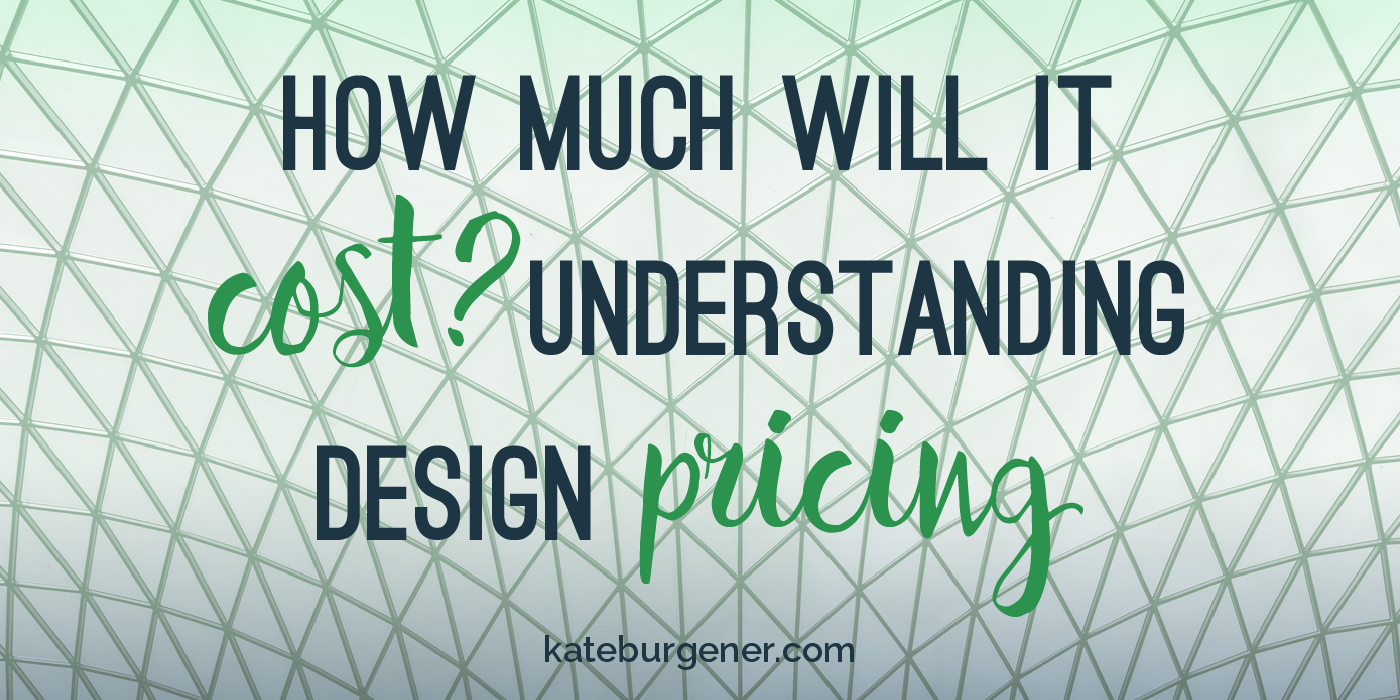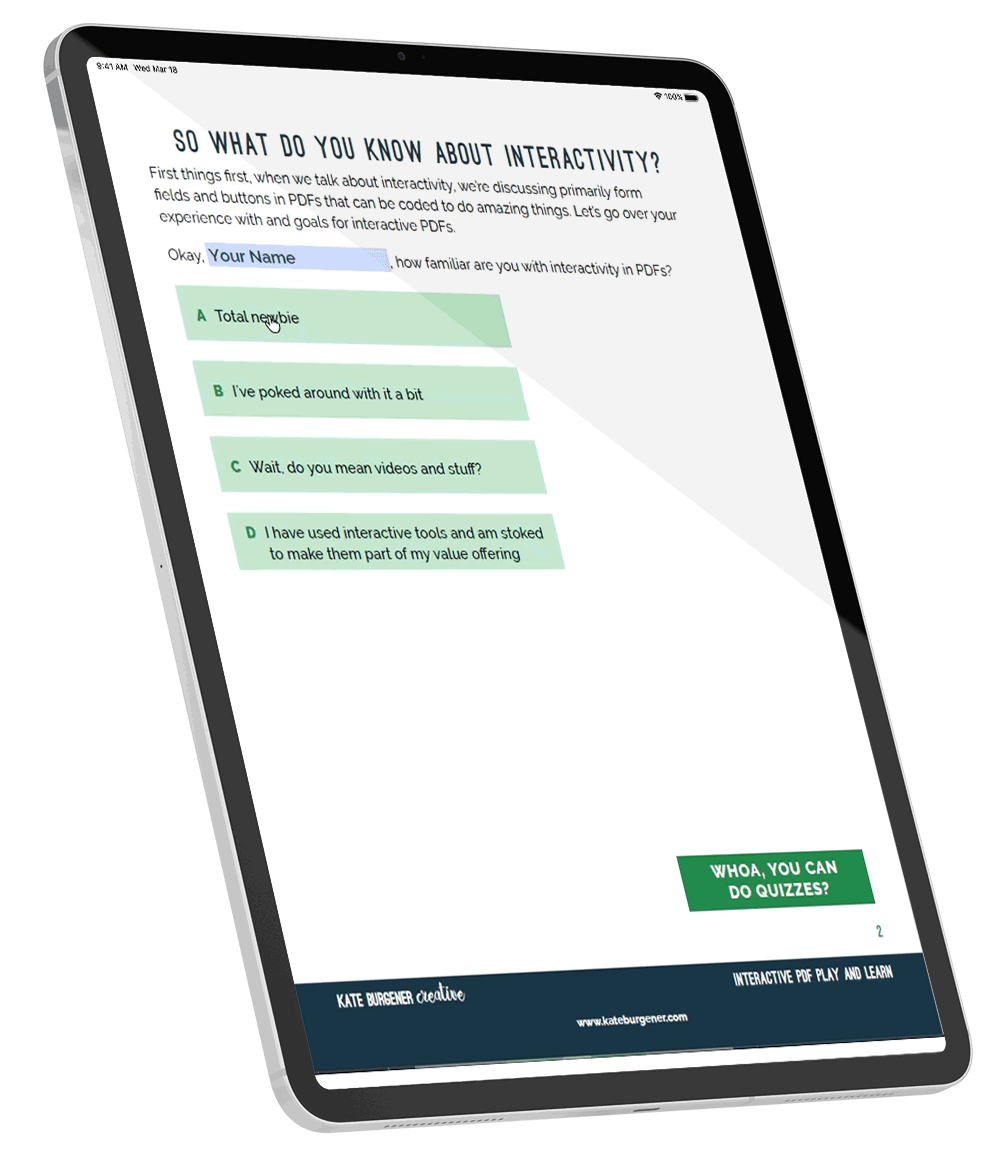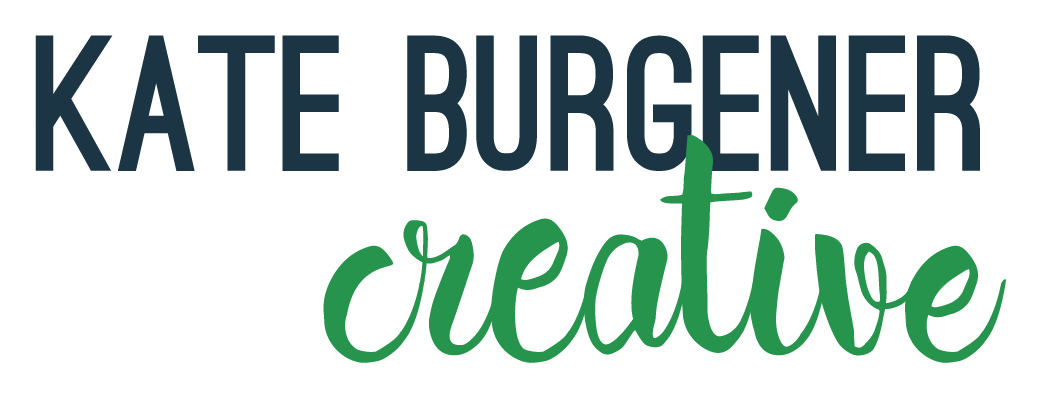Working with a Designer
Posts to help you work seamlessly with your designer or pick up some DIY tricks yourself!
How much will it cost? Understanding design pricing
When hiring a designer, most people get pretty anxious about pricing. Designer fees can be a mystery to people not accustomed to working with a professional.
There are two main models for pricing that I can apply and I evaluate the needs of each project to decide which is a better fit. There are benefits and drawbacks to both for the client, so today I want to get into the nitty-gritty and explain what each means, when they’re better, and what to consider so you can feel comfortable talking to a designer about the fees for a project.
(I don’t really get into package pricing, but generally speaking these are treated as flat-fee projects with pre-determined elements and sometimes opportunities to add items on to the package to slightly customize it. Currently I only provide custom quotes, so all of the information that follows assumes that condition.)
Hourly Rate
A lot of designers want to move away from this model as quickly as possible and it’s true that this isn’t a great model to use for lots of projects. However, I find it to be the most flexible for projects that aren’t really set in stone yet.
With an hourly rate project, you pay for exactly the hours I work. This concept can be pretty appealing to clients, but the hours for projects that are loosely defined or constantly changing can add up quickly. This is the more flexible model and some types of projects benefit from that.
How it works
After discussing the needs of the project, I give you an estimate and we sign a contract stating that I’ll track the time spent and invoice you (either in regular periods or at the end of the project). I’ll check in with you at different points to let you know how many hours have been spent and any revisions or changes of scope you need can be easily incorporated into this model.
What it’s good for
The hourly model is flexible, so it’s ideal when you’re not sure entirely what you’re going to need over the course of a project. If you have an event design and want the freedom to add pieces to the event as you think of them (schedule permitting), this model makes it easy. If a design has to be approved by a committee or large number of people, this is generally a good model, too, as the revisions can fit the needs of several decision makers.
The drawbacks
If the scope of a project is pretty undefined, it can be hard to give a good estimate of the hours a project will take. Some clients need to have more security in their budget and this model isn’t great for that. For some clients, not having restrictions on revisions or clearly defining a scope up front can result in unfocused direction, causing hours to pile up. Additionally, the time check-ins can influence the client’s decisions about what is important to accomplish with the project. If I’m at 80% of my estimate, the client may choose not to pursue a revision to save the money.
Flat Fee
In contrast, the flat fee project is friendly to your budget in that you can plan for the expense of the design ahead of time, even securing funding for it if necessary. You know what to expect, but it requires a lot more homework up front. I’ll need to have a lot of information about your project to give you a quote and significant changes can mean additional fees.
Flat fee is the most powerful when it can be combined with a little bit of hourly work for any work that is outside of the defined scope of the project. For clients that are extremely aware of what they need, the hourly rate never comes into play, but it’s included in the contract just in case something comes up and you need significant changes.
How it works
The client needs to have a greater handle on all parts of the project for the flat fee model. Decisions need to be made up front: how many pages/pieces are involved, do you have your own printer to work with, what style did you have in mind, do you have your own visuals? Once I have a comprehensive idea of what you need, I write up a detailed scope of work, with a set number of revisions, and we both sign it. Depending on the size of the project, a deposit may be required to start work and/or portions of the fee at different milestones. Often the final part of the fee will be due prior to releasing the job with a printer. If the project changes significantly, either by adding items, extra revisions, or requesting changes to content that drastically alters the existing work, all additional work will be subject to hourly pricing.
What it’s good for
The flat fee model is awesome for projects that you know a ton about already. An annual event, a report that you’ve produced 10 of already, course materials or marketing brochures you’ve already written content for, these are all great projects for this model. If you’re working with a set budget for a project that needs to be approved in advance, this is also ideal for you.
The drawbacks
Flat fees are based off an estimate and sometimes value-based pricing. I build in the typical amount of time it takes to work on similar projects based on my years of experience, how long I can expect to spend on communication with the client, print management, file prep, and a buffer of time to deal with little surprises along the way (say, adding a graph or two to your document you didn’t realize you’d need during the quoting phase). Technically, you could end up paying for time I don’t work as a trade-off for budget stability.
So those are the pricing models that are most common in the designer-client relationship for custom-quote projects. Hopefully having the information helps you to feel more confident in getting a quote from a designer and empowers you to ask about your options if you think your project might benefit from one model over the other. Consider whether your project scope is loose or well-defined and how flexible your budget might be. Discuss your options with your designer and they will be able to help guide you to the right fit for both of you!
2 Comments
Submit a Comment


What a helpful guide – there are so many things to consider when pricing projects!
Thanks, Angela! Pricing can be pretty complex, and this just covers the two models I use most for my clients, but I hope people find it helpful!